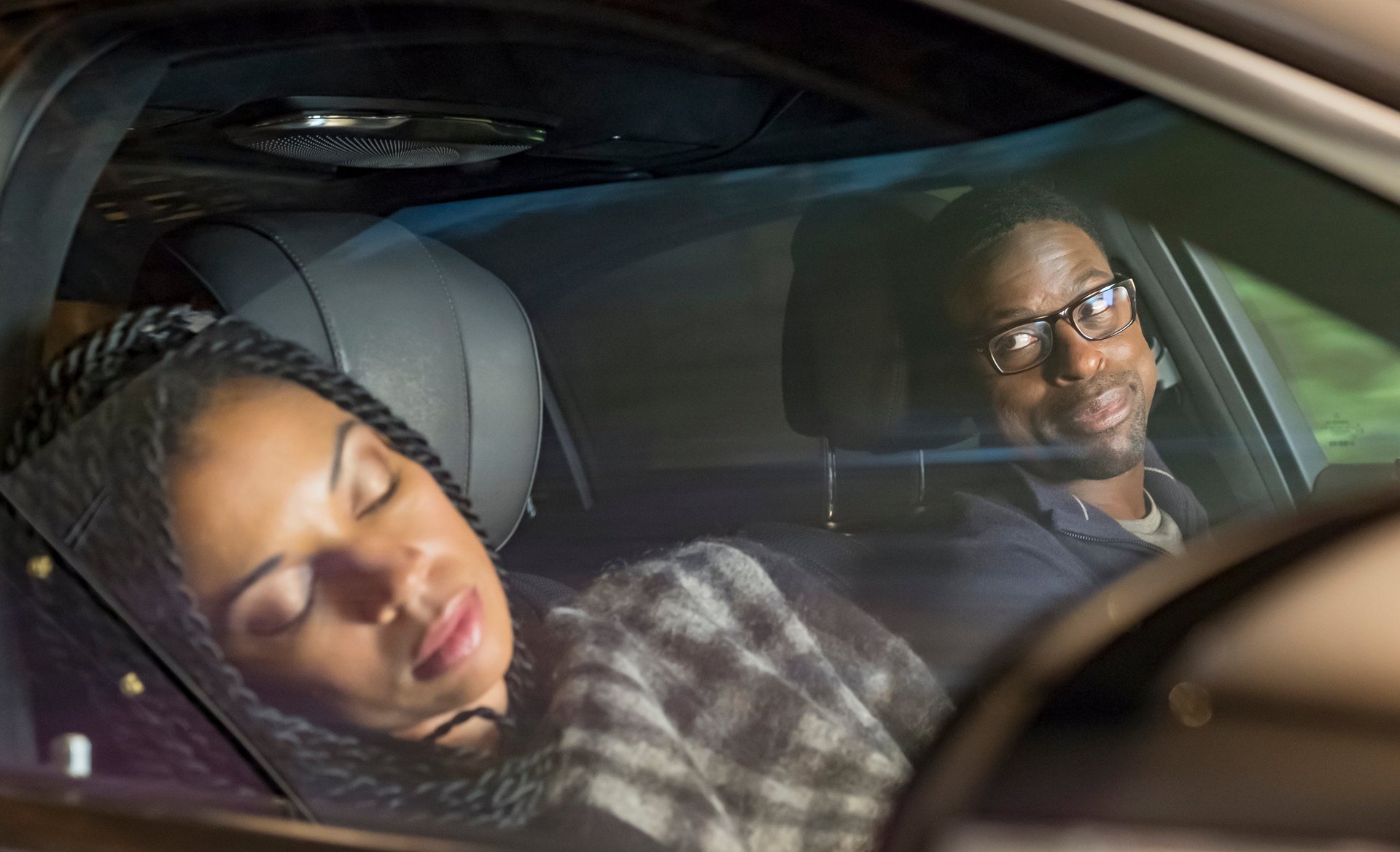Why do we get sleepy while riding in cars?
Low-frequency vibrations and white noise mimic the conditions in the womb, making you instinctually drowsy

There’s nothing like riding passenger on a road trip and letting the car lull you to sleep, but why is it that riding in a car makes folks so darn eepy? A 2018 study conducted by RMIT University Australia found that the natural vibrations we experience when in moving vehicles makes people feel sleepier in as little as 15 minutes. Next time someone gives you flack for falling asleep in the car, you can tell them it’s a normal response to the natural vibrations of a moving vehicle. These same vibrations also affect the driver of the vehicle, which is of course more troubling.
Suggested Reading
These vibrations can cause healthy, well-rested people to feel sleepy after just 15 minutes, and the effects compound as time goes on. Parents of young children will be happy to learn that these vibrations also affect children, which explains why some kids conk out after being strapped into their car seats. My mom tells me that as a little kid, I would refuse to take naps until they drove me around in the car, and that I would wake up as soon as we got back home. Sorry mom, I was just enjoying the low frequency vibrations caused by being in a moving vehicle.
Related Content
The vibrations pair with the background noise or white noise of tire roar, engine sounds, and wind noise to create the perfect circumstances to lull most folks into a peaceful slumber. All of these sensations combine to mimic the circumstances of being in the womb, which taps into ancestral impulses and make us feel safe to catch some Zzz’s. The RMIT study tested a small group of 15 people on a specialized simulator that in one case vibrated at low frequencies between 4 and 7 Hz, and one case with no vibration at all. The volunteers began exhibiting signs of drowsiness within 15 minutes of driving on the vibrating simulator, and by the 30 minute mark, most participants showed significant signs of drowsiness that peaked by the 60 minute mark. Drowsiness was measured in the test by recording participants Heart Rate Variability or HRV.
To prevent falling victim to the lulling effects of traveling in a moving vehicle, Psychology Today recommends getting direct sunlight prior to starting your drive, or consuming small doses of caffeine 15-20 minutes before embarking on your road trip, and repeating every two hours during the drive. I personally love playing music that I can sing or safely dance along to, or opening the windows to change things up a bit. Taking breaks where you get out of your car and move your body around can also help break up the monotony of a long drive.
The National Highway Traffic Safety Administration or NHTSA estimates that 91,000 police-reported crashes involved drowsy drivers in the United States in 2017. The NHTSA recommends drinking one or two cups of coffee before pulling over in a safe, well-lit place to take a quick 20-minute nap if you’re feeling drowsy behind the wheel, since studies show that short naps increase alertness, but only for short time periods. Driving while drowsy is very risky, and given that the natural vibrations of vehicles makes folks even drowsier, play it safe and pull over to take a quick nap.